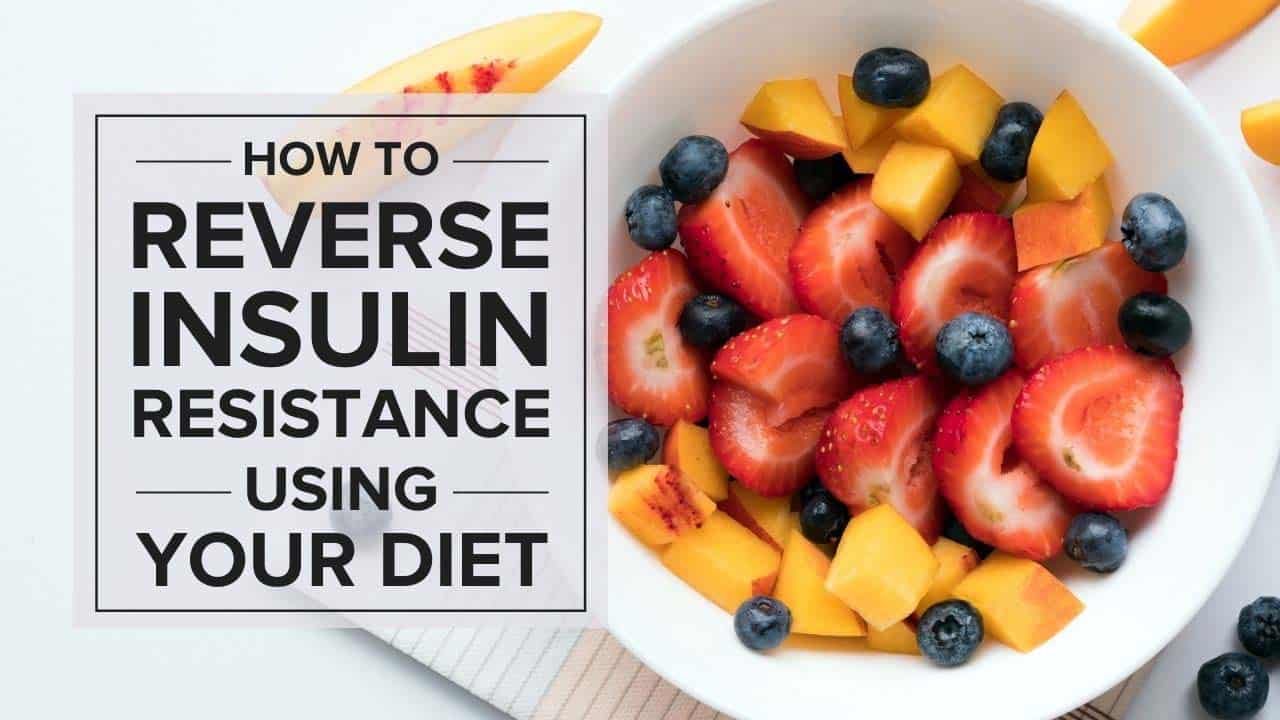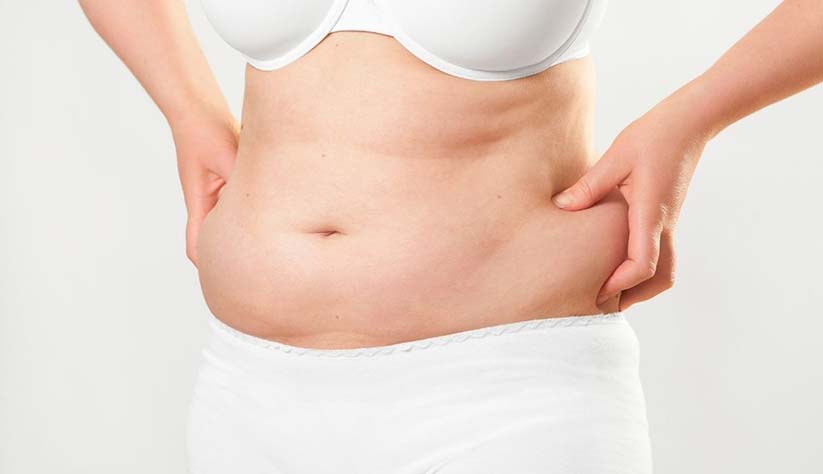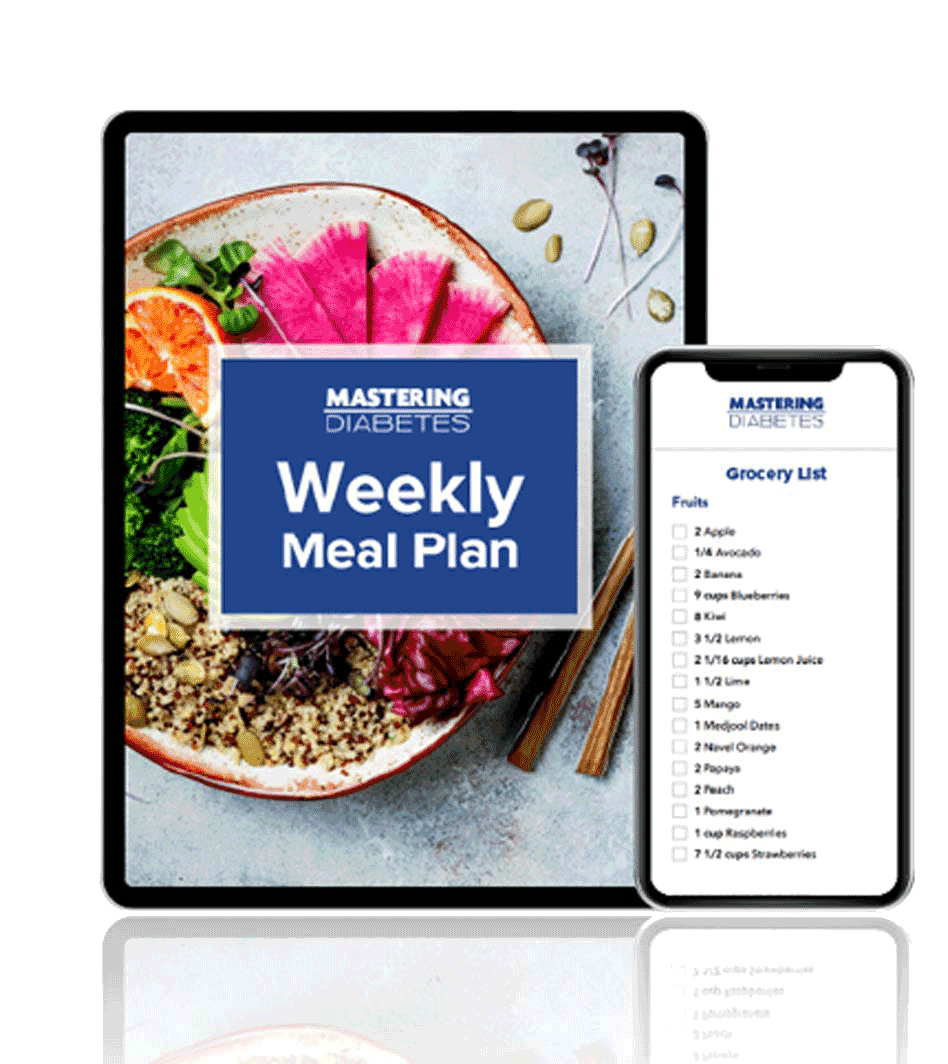
Editor’s note: This post has been completely updated. It was originally published in August of 2018.
Reverse Insulin Resistance Without Giving Up Carbs
Because insulin resistance is the underlying factor present across all forms of diabetes (including type 1 diabetes, type 1.5 diabetes, prediabetes, type 2 diabetes, and gestational diabetes) it is extremely important to fully understand what causes insulin resistance to control your blood glucose with precision.
One of the most popular treatments for insulin resistance is a high-fat, low-carbohydrate diet, citing immediate results.
But actually these results are disastrous in the long term, and make you more insulin resistant.
For long term health and insulin resistance reversal, the research instead points to a low-fat, plant-based, whole-food diet that is high in natural carbohydrates.
In this article, we’ll explore this “insulin resistance diet” in more detail, and explain how you can improve your health now and in the long term, and feel great doing it.
In this article, we’ll explore this “insulin resistance diet” in more detail, and explain how you can improve your health now and in the long term, and feel great doing it.
What Is Insulin Resistance?

Insulin resistance results from the accumulation of excess dietary fat in cells that are not meant to store large quantities of fat, which inhibits the action of insulin.
When cells become insulin resistant, glucose builds up in your bloodstream, because cells are trying to burn the excess fat. As a result, beta cells in your pancreas secrete more insulin to force cells to uptake glucose in your blood.
The immediate results are high blood glucose, and an increase in your body’s insulin production.
Over the long term, insulin resistance that is left untreated can lead to:
Left untreated for too long, your pancreas becomes unable to produce the high insulin levels needed, and may require exogenous insulin.
You’re In Control!
Insulin resistance is no laughing matter, and may be the underlying cause of a large percentage of chronic conditions in the US, but the good news is that insulin resistance is entirely reversible using your diet!
With changes to low-fat, plant-based, whole-food nutrition, you can reverse the underlying insulin resistance and allow your body to return to a healthy physiological state.
Even with type 1 diabetes or later-stage type 2 diabetes, it’s still possible to reduce your insulin resistance and achieve accurate, easy control of your blood glucose levels.
What Causes Insulin Resistance?
As we mentioned above, insulin resistance results from the accumulation of excess dietary fat in cells that are not meant to store large quantities of fat, which inhibits the action of insulin.
In simple terms, the principal cause and insulin resistance is excess dietary fat. Some people may be more inclined to develop insulin resistance due to their genetic history, lack of exercise, or excessive alcohol intake.
There are several conditions that might be indicators of insulin resistance are a high BMI, metabolic syndrome, polycystic ovarian syndrome (PCOS) and various cardiovascular diseases (even if you’re not diabetic).
However, you don’t need to be overweight or sick to have insulin resistance. In fact, this is one of the biggest problems with ketogenic and carnivore diets. People may look healthy, but under the surface they suffer from increased insulin resistance.
What's the Difference Between Insulin Resistance and Type 2 Diabetes?
Insulin resistance is the underlying condition that causes prediabetes and type 2 diabetes, usually caused by a high-fat, low-carb diet.
If insulin resistance is left untreated, you can develop prediabetes, which can then progress to type 2 diabetes over time.
Insulin Resistance Symptoms
Insulin resistance often presents as a collection of symptoms including:
Think of each of these symptoms as symptoms of poor glucose metabolism.
Rising blood glucose levels, a high A1c, or a diagnosis of prediabetes or type 2 diabetes are sure-fire signs of insulin resistance.
You can explore the full list of factors to be aware of on our insulin resistance checklist.
How to Increase Insulin Sensitivity and Reverse Insulin Resistance Naturally

The most powerful ways to increase your insulin sensitivity and reverse insulin resistance naturally are through lifestyle changes. Some factors — like getting more sleep and reducing stress — are supplementary, while others can lead to drastic positive changes.
There are three key tools to reversing insulin resistance:
All of which result in other follow-on benefits like weight loss and reduction in belly fat.
The Insulin Resistance Diet
The most powerful tool to reverse insulin resistance is by far the insulin resistance diet, a low-fat, plant-based, whole-food diet that is high in natural carbohydrates (carbs).
Which makes sense. The cause of insulin resistance is an excess of dietary fat, so it would make sense that greatly reducing your dietary fat would be fundamental to reversing insulin resistance.
We’ll go into the execution of this diet later, but it’s important to remember that diet is the most important factor. By itself, changing your diet will have an effect that greatly outweighs that of any other potential change.
And conversely, without changing your diet, any other lifestyle changes will have significantly less effect.
Exercise and the Insulin Resistance Diet
In tandem with dietary changes, daily movement and exercise can have major effects not only on your insulin resistance, but also on your weight, fitness, mood, and energy levels.
Regular exercise gives your cells the chance to burn excess fat stores, which in tandem with limiting your dietary fat can quickly help reverse insulin resistance.
With a sustained increase in daily exercise, your body also begins to create more mitochondria, which means that your body burns through excess fat stores even faster, along with other benefits like combating metabolic syndrome.
Intermittent Fasting and the Insulin Resistance Diet
Another tool to help reverse insulin resistance quickly is intermittent fasting, a dietary strategy in which eating periods are interspersed with regular fasts (some times for 16 hours or 24 hours).
The main reason that this works is due to a biological process called autophagy. During extended periods without food, your body uses this natural adaptation to burn excess fat, proteins, and recycled cells for energy.
Combined with an insulin resistance diet, the results are powerful. However, it’s important to be aware (again) that without a change to your underlying diet, intermittent fasting will not be very effective.
What About Medications Like Metformin?
There are many commonly-prescribed medications for diabetes, like metformin.
However, it’s important to understand that these medications only treat the symptoms of insulin resistance (high blood glucose), rather than addressing the underlying insulin resistance.
Without becoming insulin sensitive, medications like metformin will only delay or dampen the effects of insulin resistance.
In addition, metformin (and other diabetes medications) have recently had some concerns of contamination, including two brands among those recently recalled.
In certain cases, however, medicine may be necessary to treat consistently high blood glucose as lifestyle changes take effect.
The good news is that there are comparable plant-based alternatives, like amla, that produce comparable results along with other incredible health benefits.
Insulin Resistance Diet | Low-Fat, Plant-Based, Whole Food

Following this lifestyle is actually very simple, and allows you to eat as many tasty, high-carb fruits and plants as you want.
The science behind this diet considers not only insulin resistance, but also many other long term chronic health risks. Still, to keep things simple, we’ve made it easy to follow with a clear “green light, yellow light, red light,” categorization for foods.
“Green light” foods include:
These are unrefined whole foods with a high nutrient density that have been consistently proven to reverse insulin resistance.
In this diet, you can eat green light foods as much as you want (ad libitum), which means no portion control needed.
“Yellow light” foods include:
These yellow light foods are okay to include in small quantities, because they are slightly processed or have higher fat content.
If you’re living with diabetes or insulin resistance, they shouldn’t be daily staples, but are still a “healthy” choice.
“Red light” foods include:
These foods are documented by evidence-based research to cause insulin resistance, and increase your blood glucose (fasting and post-meal).
They also promote chronic diseases not only for those with diabetes, but for anyone.
We recommend removing red light foods from your cabinet, your fridge, and your plate.
For a comprehensive explanation of this diet and the science behind it, you can explore our guide to the diabetes diet.
Ketogenic Diet vs the Insulin Resistance Diet
As we mentioned above, the ketogenic diet and other high-fat, low-carb diets are actually very bad for your health in the long term, especially if you have diabetes.
The main reason for these misleading ketogenic recommendations is the positive short-term results of a ketogenic diet. By limiting/removing carbohydrates, the most immediate source of blood glucose spikes, you see quick results.
However, in the long term, this high-fat diet only increases your insulin resistance to dangerous levels, which can have very negative effects if you ever reintroduce glucose to your diet.
What to do Next
Though these principles are simple, integrating them into your lifestyle can be a big change and can often require guidance and support.
To begin, we recommend watching our Masterclass about how to take immediate control of your diabetes health. Once you’ve watched that Masterclass, consider joining one of our programs to dramatically improve your diabetes health quickly.
We guarantee your success!
Stop Guessing What to Eat
Get Delicious Recipes Sent to Your Inbox Every Week!

Discover the custom-designed Weekly Meal Plan that gives you clarity on what to eat and how to shop to simplify your journey to lower blood sugar, weight loss, and your best A1c

